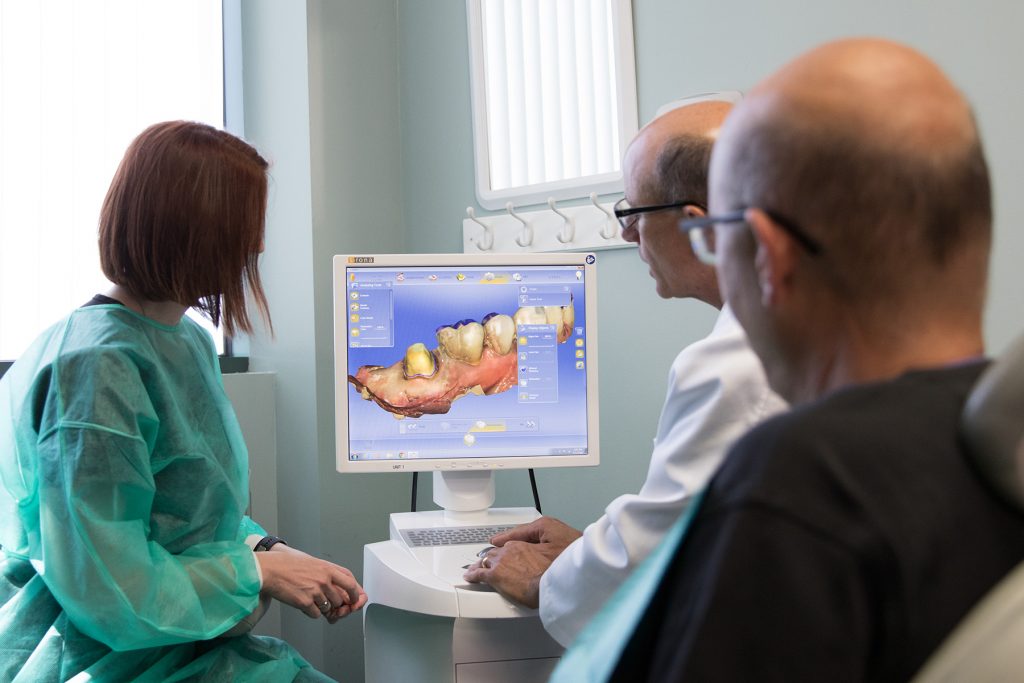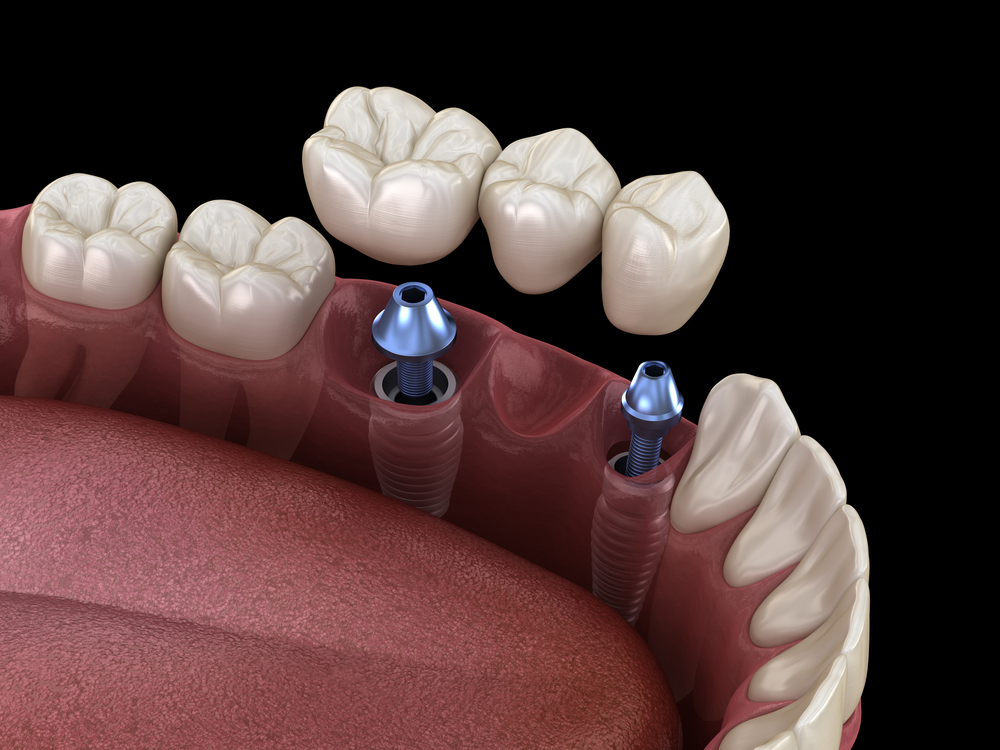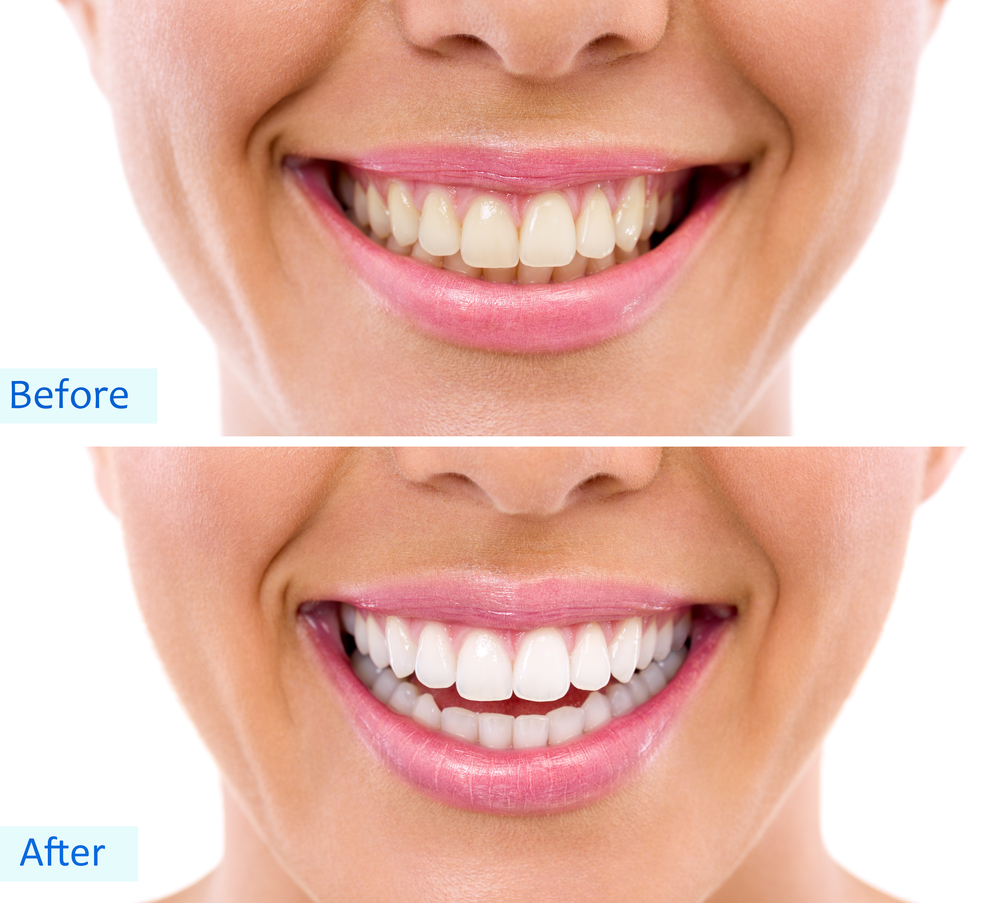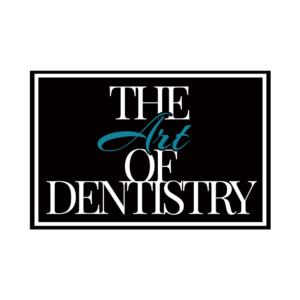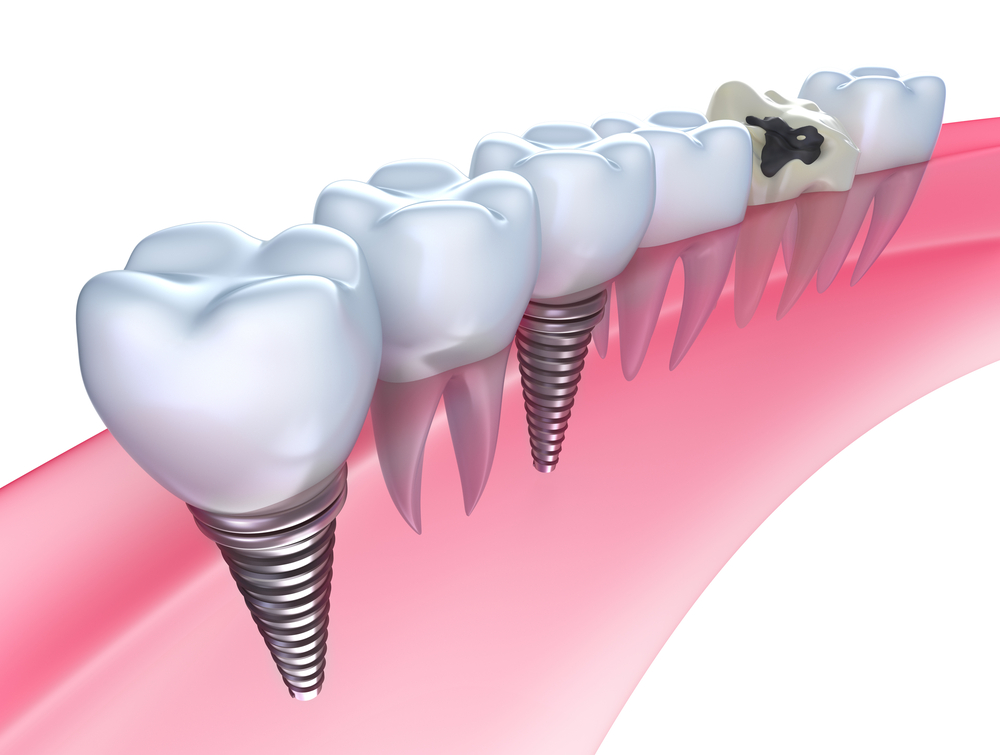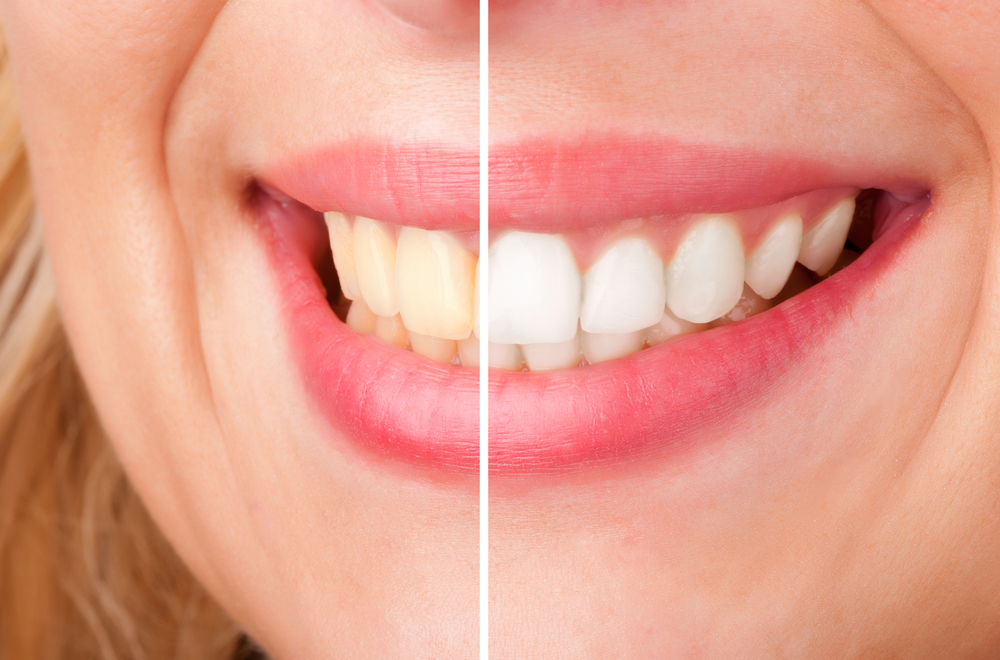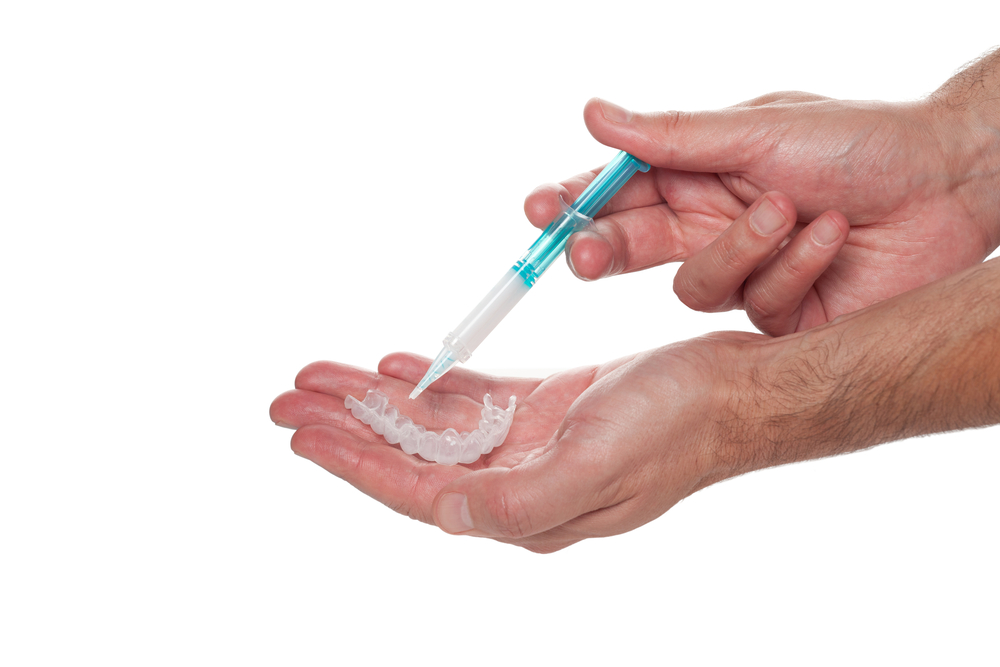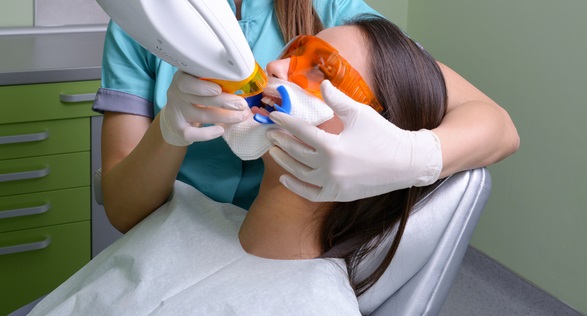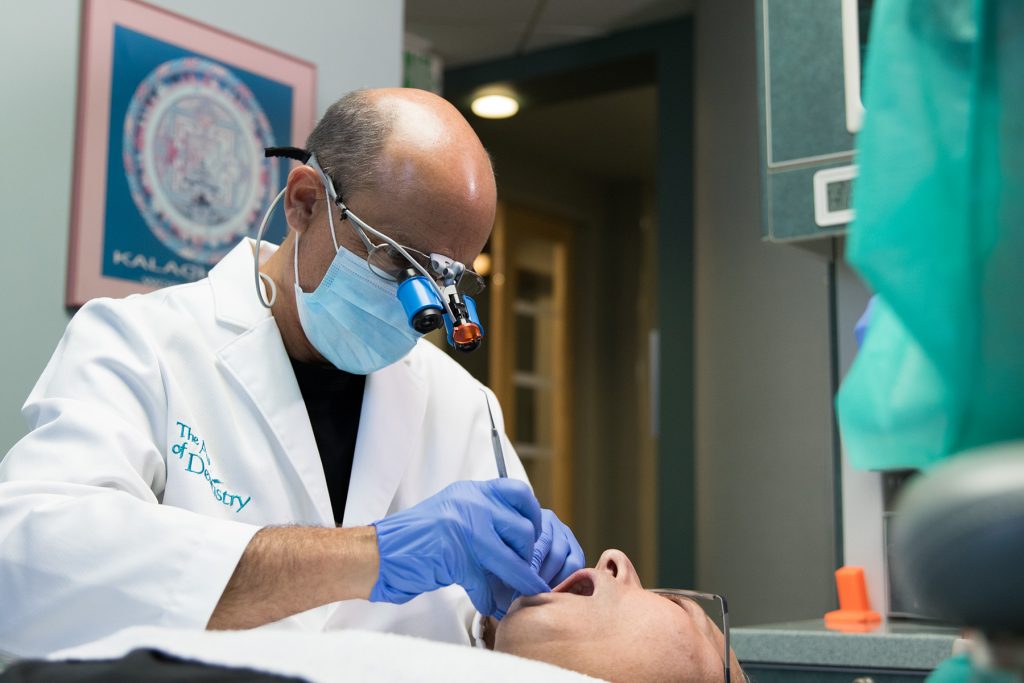
Comprehending the contrast between basic and aesthetic dentistry is vital when trying to find dental care that meets your requirements. Both fields share a common goal of maintaining oral health, but they differ in their focus areas and treatment methods. In this blog post, we will delve into the distinct objectives and procedures associated with each field.
By exploring topics such as preventive care, diagnosis and treatment of dental issues, aesthetic improvements, and advanced training techniques in cosmetic dentistry treatments, you will gain valuable insights into how these two disciplines complement one another. Furthermore, we will discuss overlapping treatments between general and cosmetic dentistry that can provide optimal results for patients.
Last but not least, cost differences between general and cosmetic dental procedures play an important role in decision-making for many individuals. We will compare costs of common dental practices while considering factors affecting prices within both fields. Armed with this knowledge on the difference between general and cosmetic dentistry, you’ll be better equipped to make informed choices about your oral care journey.
Table of Contents:
- General Dentistry Focus and Goals
- The Focus and Goals of Cosmetic Dentistry
- Overlapping Treatments between General & Cosmetic Dentistry
- The Difference between General and Cosmetic Dentistry
- The Difference Between General and Cosmetic Dentistry
- Conclusion
General Dentistry Focus and Goals
General dentists focus on preventive care, diagnosis, treatment and management of oral health conditions to ensure optimal dental wellbeing. Their primary goal is to improve overall dental health through regular check-ups, cleanings, fillings, crowns, gum treatments, and more.
Preventive Care for Good Oral Hygiene
Maintaining good oral hygiene is essential for preventing various dental issues such as tooth decay or gum disease. General dentists emphasize the importance of regular brushing, flossing, and using mouthwash along with routine dental visits every six months for professional cleanings.
Diagnosis and Treatment of Common Dental Issues
A general dentist can diagnose common dental problems like cavities or gingivitis by conducting thorough examinations during your regular appointments. They are trained in providing necessary treatments such as fillings, root canal therapy, or extractions when needed. Additionally, they may recommend specialized services like orthodontic treatment if required to correct misaligned teeth.
General dentistry focuses on preventive care and diagnosis of common dental issues, helping to maintain good oral hygiene. On the other hand, cosmetic dentistry is focused on improving appearance with elective procedures that require advanced training in aesthetics.
The Focus and Goals of Cosmetic Dentistry
Cosmetic dentistry is an elective dental treatment that aims to improve the appearance of a person’s teeth, mouth, and smile, as well as enhance their self-confidence. Cosmetic dentists have advanced training in aesthetic treatments such as teeth whitening and veneers.
Improving Appearance with Elective Procedures
The primary focus of cosmetic dentistry is to improve the overall aesthetic of one’s teeth and grin. This can be achieved through various elective procedures tailored to meet individual needs and preferences. Some common treatments include tooth reshaping, gum contouring, bonding, and dental veneers.
Advanced Training in Aesthetics
In addition to their general dental education, cosmetic dentists undergo specialized training in aesthetics to provide high-quality results for patients seeking a more attractive smile. They are skilled in using cutting-edge technology like digital imaging systems and laser devices for precise diagnosis and treatment planning. Their expertise ensures that you receive safe and effective care while achieving your desired outcome.
If you’re considering cosmetic dental treatments in downtown San Diego, visit our office at The Art of Dentistry for a personalized consultation with our experienced team members who will help you determine which options best suit your needs. Our qualified dentists specialize in cosmetic dentistry procedures such as teeth whitening, dental crowns, dental implants, and dental veneers. We also offer general dentistry services such as regular cleanings, root canals, and treatments for gum disease to ensure optimal oral health. Our focus is on providing comprehensive dental care that improves both the appearance and health of your smile.
Cosmetic dentistry focuses on improving the appearance of teeth and gums, which requires advanced training in aesthetics. Common procedures such as whitening, veneers, crowns & bridges are all options for restoring damaged or missing teeth to improve overall oral health.
Common Procedures in Cosmetic Dentistry
Cosmetic dentistry provides various ways to improve the look of your teeth and grin. Some popular treatments include:
Whitening Techniques for Brighter Smiles
Teeth whitening, also known as bleaching, is a simple procedure that can significantly improve the color of your teeth. It involves using special agents to remove stains and discoloration, resulting in a brighter smile.
Veneers for Improved Tooth Appearance
Veneers are thin layers made from porcelain or composite materials that are bonded to the front surface of your teeth. They help correct issues such as chipped, stained, or misaligned teeth by providing an attractive and natural-looking cover.
Crowns & Bridges to Restore Damaged or Missing Teeth
- Crowns: A dental crown is a custom-made cap placed over an existing tooth above the gum line. Crowns are used when a tooth has been severely damaged due to decay or trauma but still has enough healthy structure remaining.
- Bridges: A dental bridge is designed to replace one or more missing teeth by anchoring a false tooth (or teeth) to the adjacent healthy teeth. This helps restore function and appearance while preventing surrounding teeth from shifting out of place.
Other popular cosmetic dentistry procedures include dental implants, orthodontics, and braces for correcting misaligned teeth. A more pleasing look and improved self-esteem can be attained by selecting the right solution for you.
Cosmetic dentistry is a specialized field of dental care that can help improve the appearance and function of your teeth. It’s essential to comprehend which techniques are most suitable for you prior to settling on any choices, given the range of treatments available. Moving on from common cosmetic treatments, let us now explore overlapping treatments between general and cosmetic dentistry.
Overlapping Treatments between General & Cosmetic Dentistry
In some cases, there is an overlap between general and cosmetic dentistry treatments. Patients may seek help from either type of dentist depending on various factors such as the severity of their dental issues, personal preferences, and budget constraints. For those circumstances, it is imperative to locate a certified dental practitioner who can give custom-made care that meets your individual requirements.
Factors Influencing the Choice of Dentist
- Severity: The extent and complexity of your dental problems will determine whether you need a general or cosmetic dentist. For instance, if you have severe oral health issues like gum disease or tooth decay that require immediate attention, a general dentist would be more suitable.
- Affordability: Cosmetic dentistry procedures tend to be more expensive than those in general dentistry due to their elective nature and advanced techniques involved. However, many dental practices offer financing options for patients seeking cosmetic treatments.
- Accessibility: Depending on where you live in San Diego near downtown area, finding a specialized cosmetic dentist might not always be easy. In such cases, consulting with your regular general dentist about available treatment options could prove beneficial.
Combining Treatments for Optimal Results
Sometimes it’s possible to combine both types of dental care for better outcomes. For example, dental bonding, which involves applying tooth-colored resin material onto damaged teeth surfaces can address both aesthetic concerns (by improving appearance) and functional ones (by protecting the tooth structure). Similarly, dental crowns can restore a damaged tooth’s function while also enhancing its appearance. By collaborating with your dental practitioner, you can create a customized treatment program that caters to both the functional and aesthetic elements of your oral health.
When it comes to overlapping treatments between general and cosmetic dentistry, understanding the factors that influence a patient’s choice of dentist is essential for achieving optimal results. When considering cost differences between these two fields, comparing prices of common procedures can help determine which type of dental care best fits your needs.
The Difference between General and Cosmetic Dentistry
When it comes to dental care, there are two main categories: general dentistry and cosmetic dentistry. While both focus on oral health, they differ in their approach and the types of procedures they offer.
General Dentistry
General dentistry is focused on the prevention, diagnosis, and treatment of common dental problems. General dentists are trained to provide a wide range of services, including routine check-ups, cleanings, fillings, and extractions. They also treat gum disease, perform root canals, and help patients maintain good oral health through regular cleanings and education.
Cosmetic Dentistry
Cosmetic dentistry, on the other hand, focuses on improving the appearance of a person’s teeth, gums, and bite. Cosmetic dentists are qualified dentists who have received additional training in cosmetic dental procedures. These procedures include teeth whitening, dental crowns, dental implants, dental bonding, porcelain veneers, and other cosmetic dental treatments that can improve the look of a person’s smile.
Cost Differences between General and Cosmetic Dentistry
The cost discrepancy between general and cosmetic dentistry is considerable, with the latter usually requiring a greater investment due to its complexity and multiple visits. However, pricing also differs among dental providers who can perform the same treatments.
Comparing Costs of Common Dental Procedures
In general dentistry, routine check-ups, cleanings, fillings, and extractions are typically less expensive than elective cosmetic treatments such as teeth whitening or veneers. For example, a root canal, which is considered a general dental procedure, may range from $500 to $1000 per tooth, while professional in-office teeth whitening can start at around $300-$800 depending on location and provider.
Factors Affecting Prices in Both Fields
- Dental Provider: Prices vary based on the dentist’s experience level or specialization. A highly experienced cosmetic dentist might charge higher fees compared to a general practitioner.
- Treatment Complexity: The complexity of your specific case will impact overall costs; more complex cases require additional time and resources leading to increased expenses.
- Geographical Location: Dental care prices tend to be higher in urban areas like downtown San Diego compared to rural locations due to overheads associated with running practices in high-demand regions.
- Dental Insurance Coverage: While general dentistry treatments are often covered by dental insurance, cosmetic procedures may not be. It’s essential to review your coverage before undergoing any treatment.
The Difference Between General and Cosmetic Dentistry
Cosmetic dentistry focuses on improving the appearance of teeth, gums, and bite through elective procedures. It involves advanced training in aesthetics and offers treatments like teeth whitening, dental veneers, and dental bonding to enhance a patient’s smile. On the other hand, general dentistry primarily focuses on preventive care and treating common dental issues such as cavities or gum disease.
General Dentistry
A general dentist provides comprehensive oral healthcare services including preventive care, diagnosis, and treatment of common dental issues such as cavities or gum disease. They also perform routine cleanings and exams to maintain good oral hygiene. General dentists are qualified to perform non-cosmetic procedures such as root canals, dental crowns, and dental implants to replace missing teeth.
Cosmetic Dentistry
A cosmetic dentist focuses on improving the appearance of a personâ€ s teeth, gums, and bite. Cosmetic dentistry procedures include teeth whitening, dental veneers, and dental bonding. Cosmetic dentists are also qualified to replace missing teeth with dental implants and provide treatments for gum disease. Cosmetic dentistry treatments are considered elective and are not typically covered by insurance.
s teeth, gums, and bite. Cosmetic dentistry procedures include teeth whitening, dental veneers, and dental bonding. Cosmetic dentists are also qualified to replace missing teeth with dental implants and provide treatments for gum disease. Cosmetic dentistry treatments are considered elective and are not typically covered by insurance.
Cosmetic vs Non-Cosmetic Dental
Cosmetic dental treatments focus on improving the appearance of teeth and smiles with elective procedures like teeth whitening or dental veneers. Non-cosmetic (general) dental treatments are concerned with maintaining overall oral health through preventive care, diagnosing conditions like cavities or gum disease, and performing extractions if necessary.
Cosmetic Dentistry and Orthodontics
Cosmetic dentistry aims to improve tooth appearance using techniques such as teeth whitening or dental veneers while orthodontics specializes in correcting misaligned teeth by applying braces or clear aligner trays for straightening purposes. Both fields can contribute towards an improved smile but address different aspects of it. Learn more.
Conclusion
In summary, general dentistry focuses on preventive care and treating common dental issues, while cosmetic dentistry aims to improve appearance with elective procedures and advanced training in aesthetics. Common cosmetic procedures include teeth whitening, dental veneers, dental crowns, and bridges. There is overlap between the two fields when it comes to addressing oral health issues and combining treatments for optimal results.
For the perfect combination of general and cosmetic dental services in San Diego, The Art of Dentistry is your ideal destination. Our team of experts can help you achieve your best smile yet with personalized treatment plans tailored to your needs. Contact us now to arrange a visit!
Call-to-action: Contact The Art of Dentistry today to schedule an appointment for both general and cosmetic dental care.
